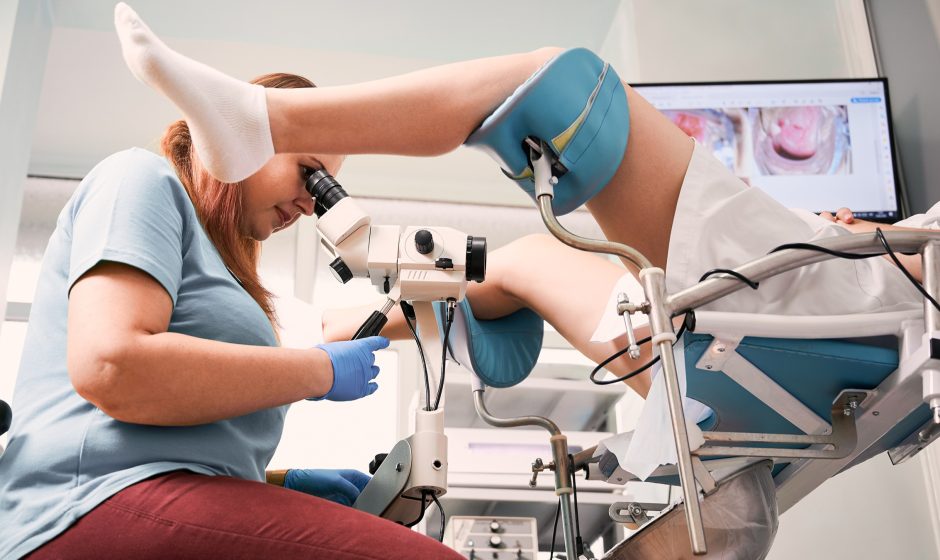In the realm of women’s health, one test has proven to be a game-changer in the early detection and prevention of cervical cancer: the Pap smear. This simple yet effective screening tool has been instrumental in significantly reducing the incidence and mortality rates associated with cervical cancer worldwide.
Cervical cancer, a type of cancer that occurs in the cells of the cervix — the lower part of the uterus that connects to the vagina — is often caused by strains of human papillomavirus (HPV), a sexually transmitted infection. In its early stages, cervical cancer typically does not present any symptoms, making it difficult to detect without regular screenings. This is where the Pap smear comes into play.
The Pap smear, also known as a Pap test, is a procedure that collects cells from your cervix to test for abnormalities. Named after its inventor, Dr. George Papanicolaou, this test has been used since the 1940s as a primary tool for detecting precancerous and cancerous cells in the cervix.
The process involves inserting a speculum into the vagina to widen it and allow access to the cervix. A brush or small spatula is then used to gently scrape off some cells from the cervix. These cells are then sent to a laboratory where they are examined under a microscope for any signs of abnormality.
The beauty of Pap smears lies in their ability to detect cellular changes in the cervix before they develop into full-blown cancer. These changes, known as dysplasia or cervical intraepithelial neoplasia (CIN), can be treated effectively if caught early, preventing them from progressing into invasive cancer.
Moreover, regular Pap smears can also detect other conditions such as infections or inflammation. It’s important to note that while a Pap smear can indicate an HPV infection, it does not diagnose the virus. Additional tests are required for an HPV diagnosis.
The frequency of Pap smears varies depending on age and health history. Generally, women are advised to start getting Pap smears at the age of 21 and continue every three years if the results are normal. Women aged 30 and above may opt to have a Pap smear every five years if it is combined with an HPV test.
Despite its effectiveness, the Pap smear is not infallible. False negatives can occur, meaning that abnormalities may be present but not detected by the test. This is why regular screenings are crucial; repeated tests increase the likelihood of detecting any changes in cervical cells.
The role of the Pap smear in early detection of cervical cancer cannot be overstated. It has been estimated that regular screenings have reduced the mortality rate from cervical cancer by more than 50% over the last 40 years. This significant reduction is a testament to the power of early detection and prevention in combating this disease.
However, it’s important to remember that while Pap smears play a vital role in early detection, they are just one part of a comprehensive approach to preventing cervical cancer. Other measures include getting vaccinated against HPV, practicing safe sex, and quitting smoking.
In conclusion, the Pap smear is a cornerstone in women’s health, providing an effective means for early detection of cervical cancer. Its simplicity and efficacy underscore its importance in routine health checks for women. By enabling early intervention and treatment, this humble test has saved countless lives from the clutches of cervical cancer.
While advancements in medical technology continue to provide new methods for cancer detection and treatment, the Pap smear remains a tried-and-true method that has stood the test of time. Its role in safeguarding women’s health continues to be as relevant today as it was when it was first introduced over seven decades ago.
The story of the Pap smear is one of triumph — a triumph of medical science over a once deadly disease, and a testament to the power of early detection and prevention. It serves as a reminder that sometimes, the simplest tools can have the most profound impact on our health and well-being.



